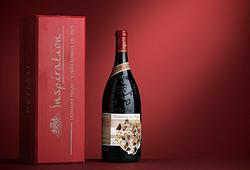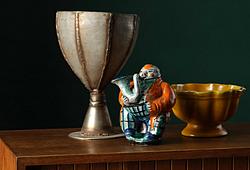Leander Engström
"Abiskojokks delta"
Signed and dated Leander Engström Abisko -09. Canvas, 47.5 x 76 cm.
Alkuperä - Provenienssi
Stockholms Auktionsverk, "Modern Art & Work of Art", 28 April, 2005.
Private Collection.
Muut tiedot
After hearing Helmer Osslund describe Lapland in 1907, Leander Engström visited Abisko and the lake Torneträsk and continued to return there each summer. His passion for the area came from an intense longing for the exhilarating beauty of the landscape away from the heat of Paris. “No, this won’t do. I must have fresh air in my lungs and feel the mountain twigs under my feet, or else there is a risk that I will wilt away,” said Leander in the spring of 1910. The following summer changed his style of painting; he met his partner, Maria, and in the autumn he painted his famous “Höstvegetationsbild från Torneträsk” (Picture of Autumn Vegetation from Torneträsk” (Prins Eugens Waldemarsudde)). Just before late summer turned into autumn, while the trees were still green, he captured the atmosphere of the Lapland landscape at dusk, when the evening sun coloured the sky yellow and pink and the land was resplendent in all the colours of the rainbow. In “Late Summer Evening at Torneträsk”, he found his own rhythmic and highly-decorative personal style.
Åke Fant wrote of this period: “In Paris and its environs, he now applied the lessons he had learned in colour and shape from the new masters, amongst whom Cézanne took on an increasingly prominent role. In April 1910, the young artists opened a new spring exhibition at the art shop Hallins Konsthandel, here they displayed the techniques they had learned in France the previous summer. Leander Engström exhibited landscapes from Norrland and was met with solid opposition from the critics; the reviews were scathing. Only August Brunius saw any new possibilities in this approach which, with its clean areas of colour and uninhibited lines, seemed free from perspectivist readings. Despite the harsh criticism and without having sold a single painting, Leander Engström and his colleagues continued on their path. As summer approached, life in and around Paris started to get on Engström’s nerves and he suddenly headed to Abisko in Norrland, the North of Sweden. There he met Maria Edlund, a woman few years older than him. They fell in love and his range of subjects expanded to also include nudes of his beloved.” (Åke Fant, Leander Engström, 1991, page 19).










































